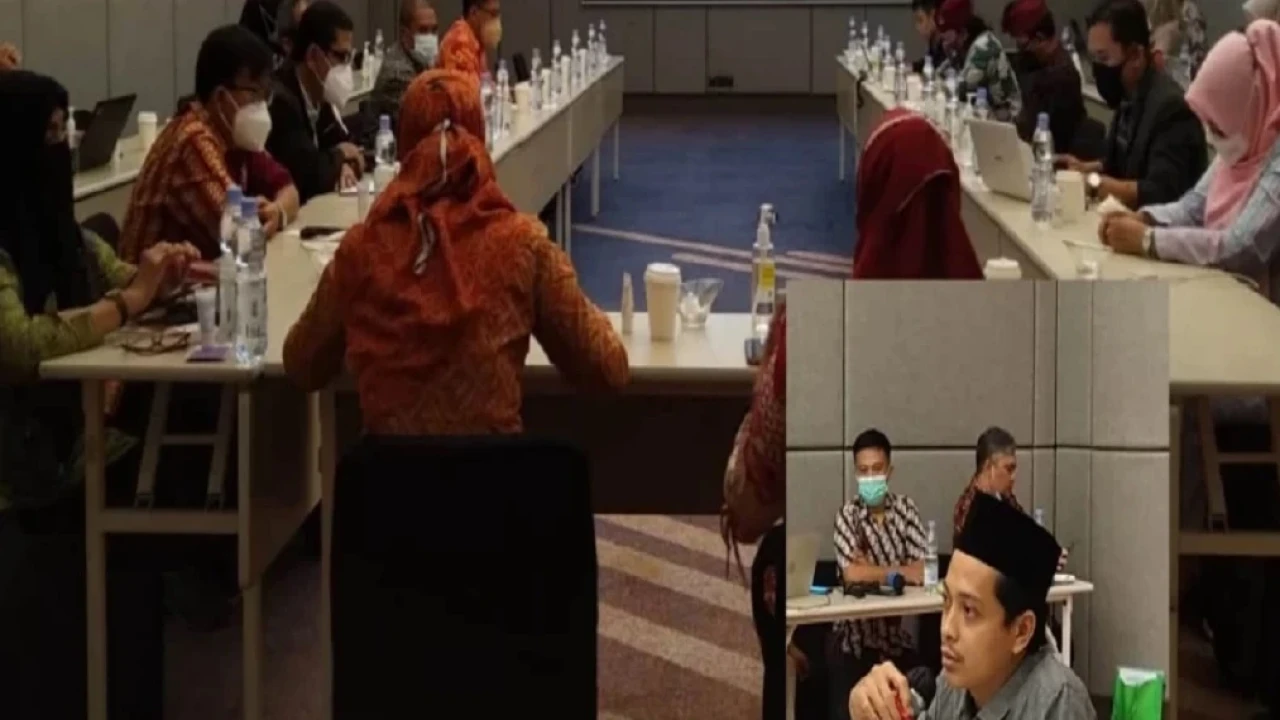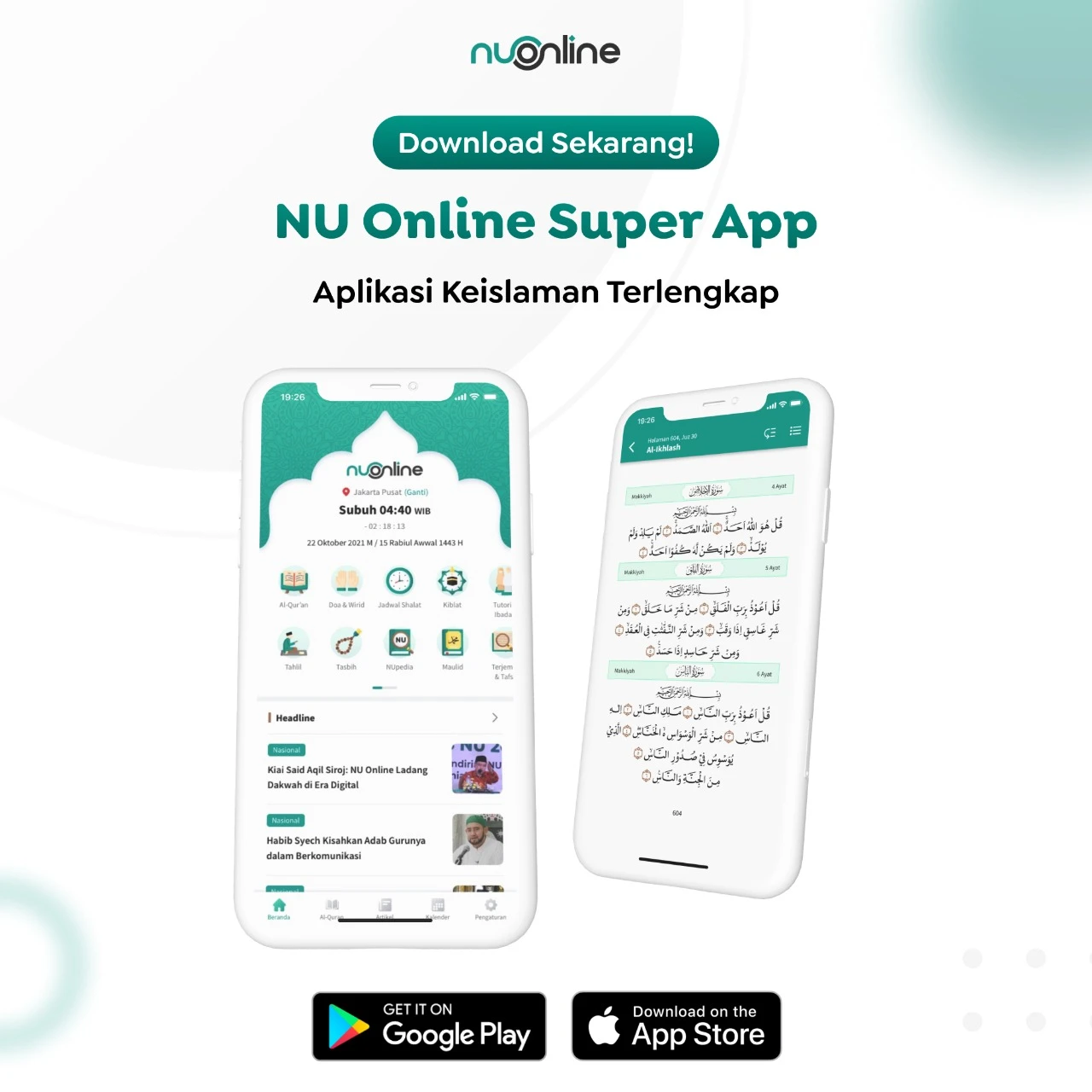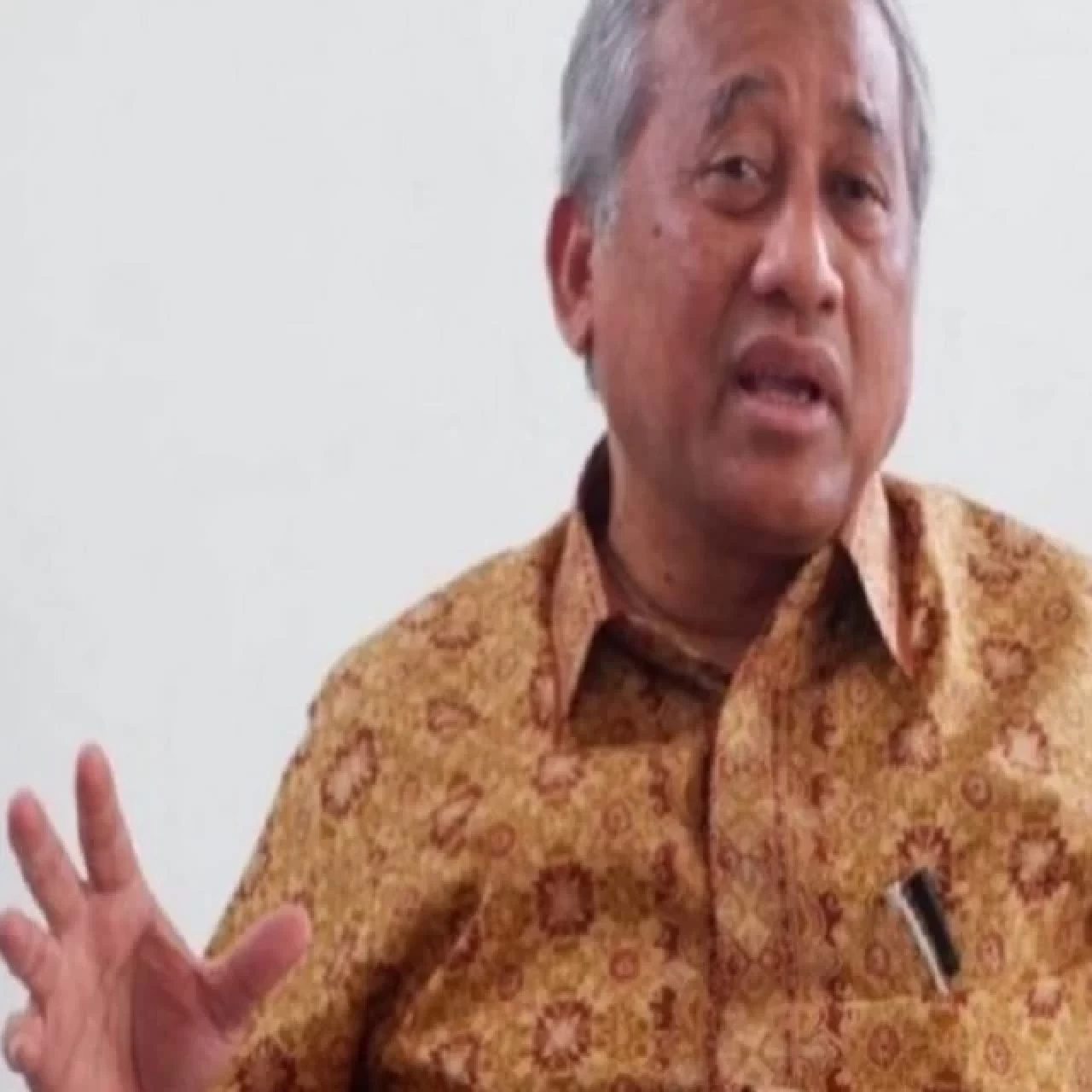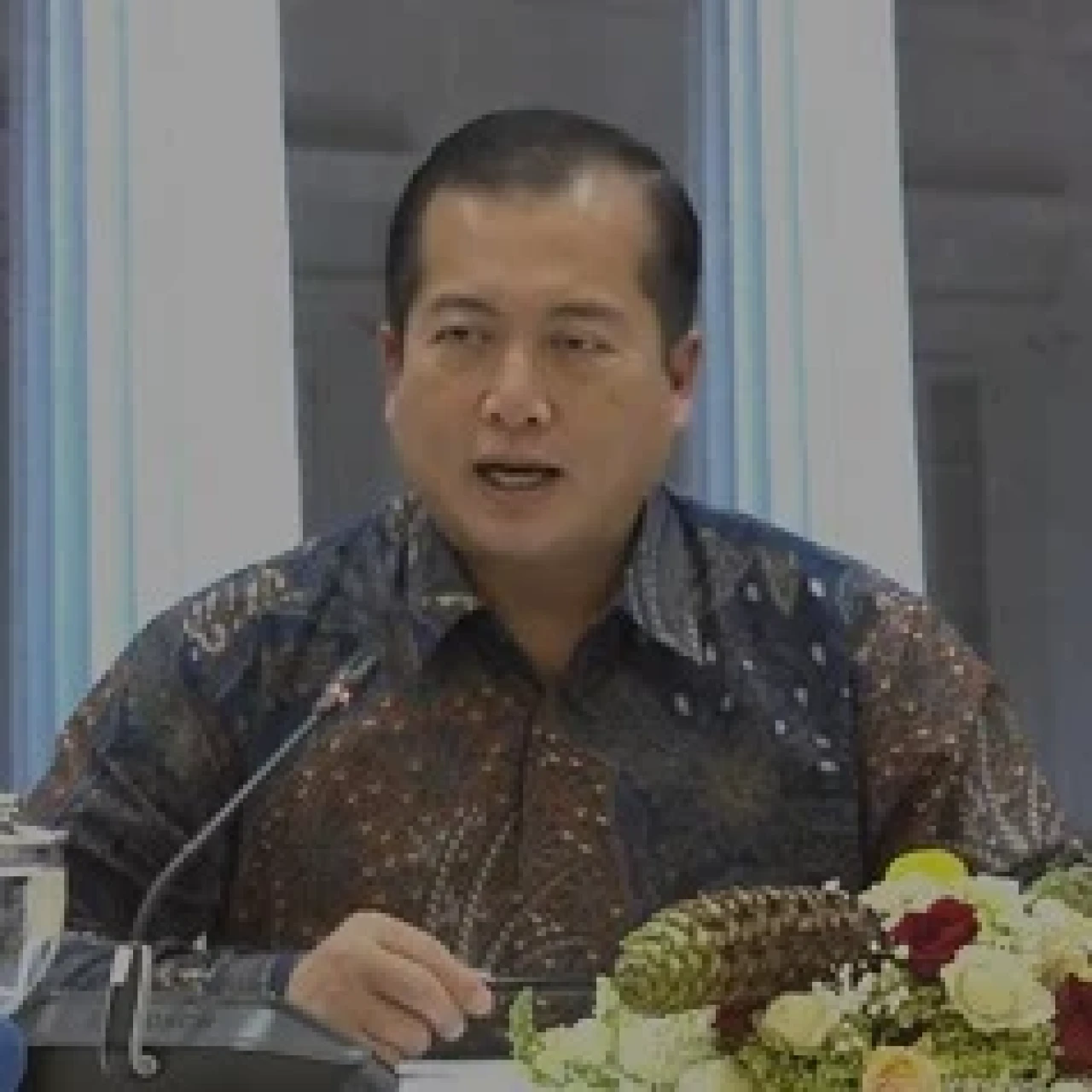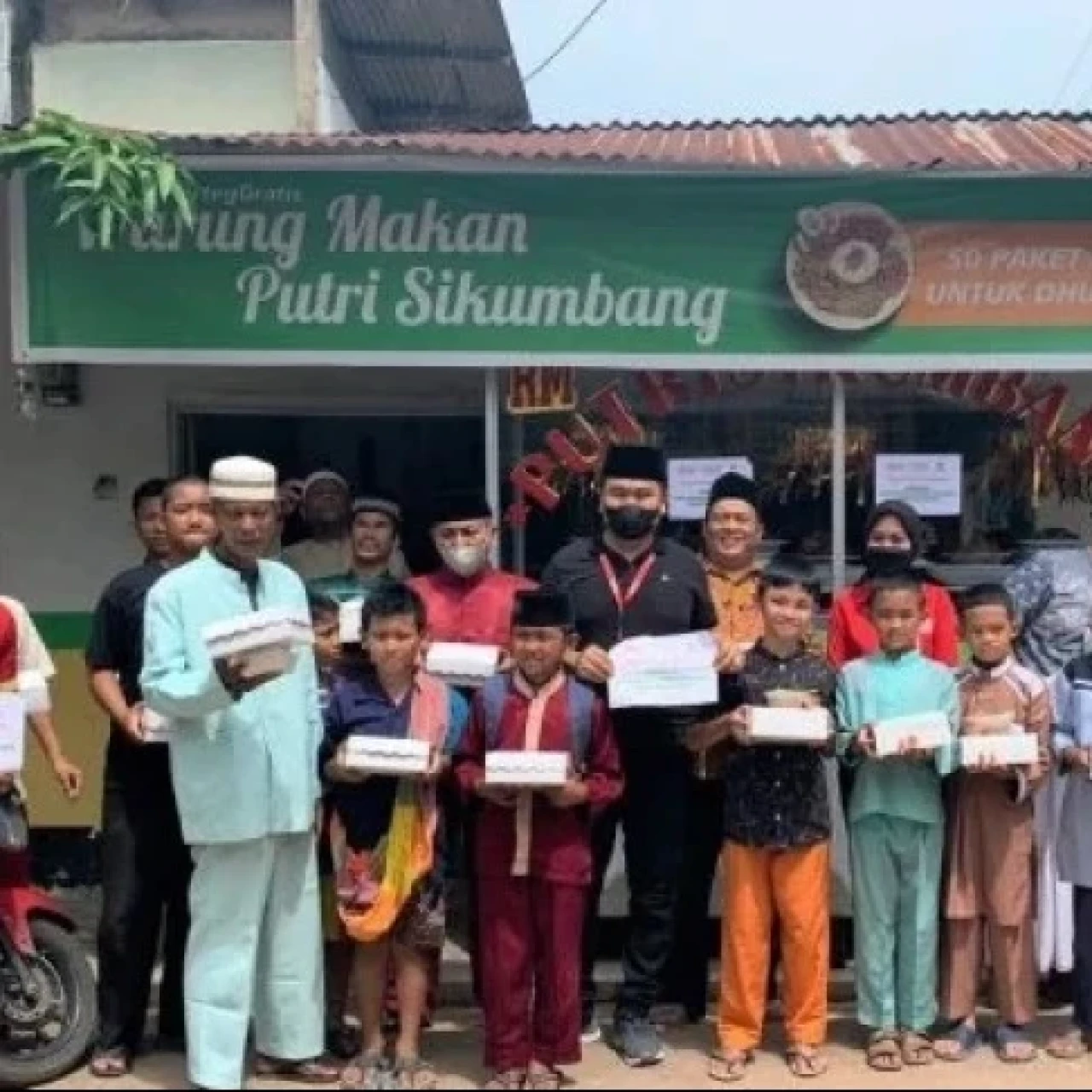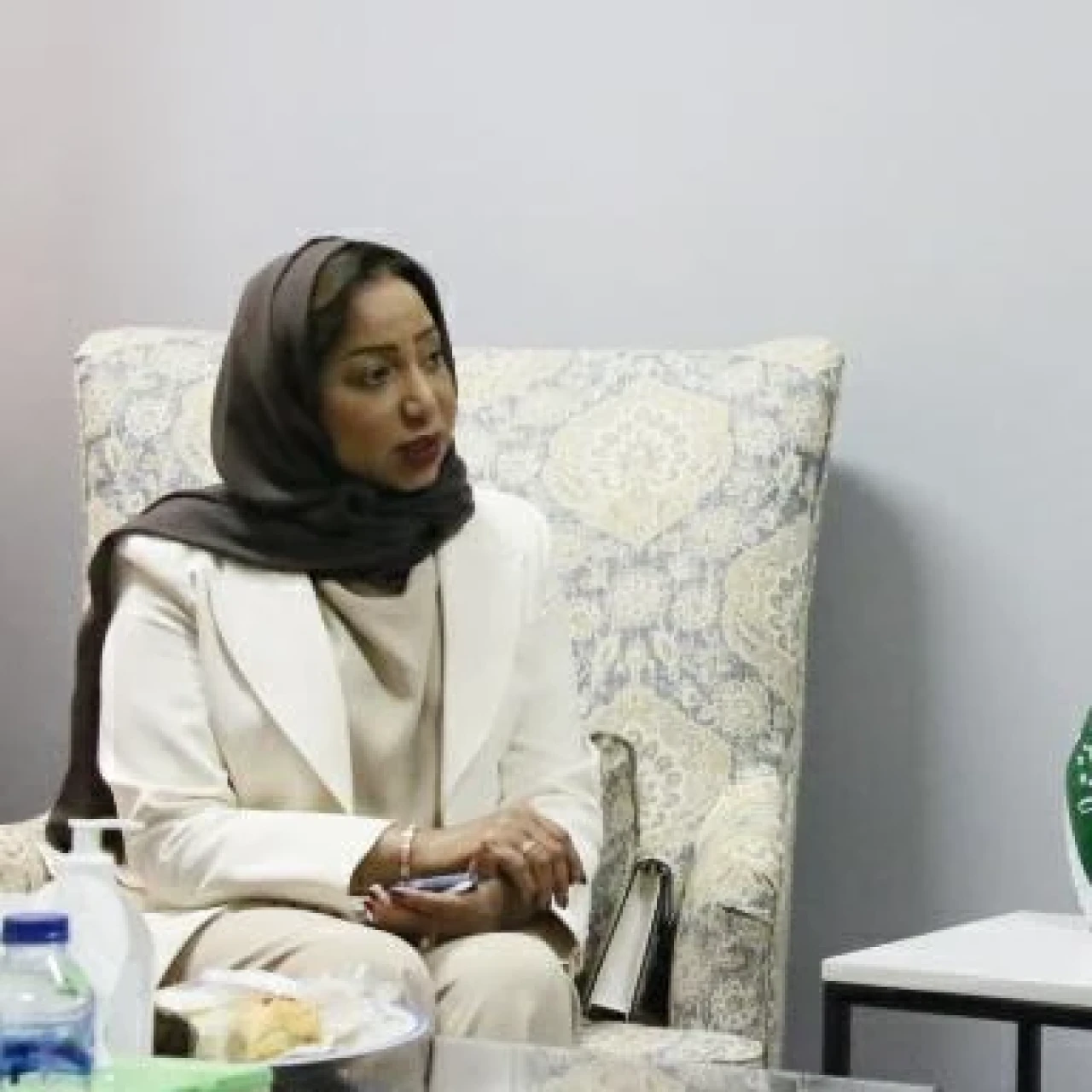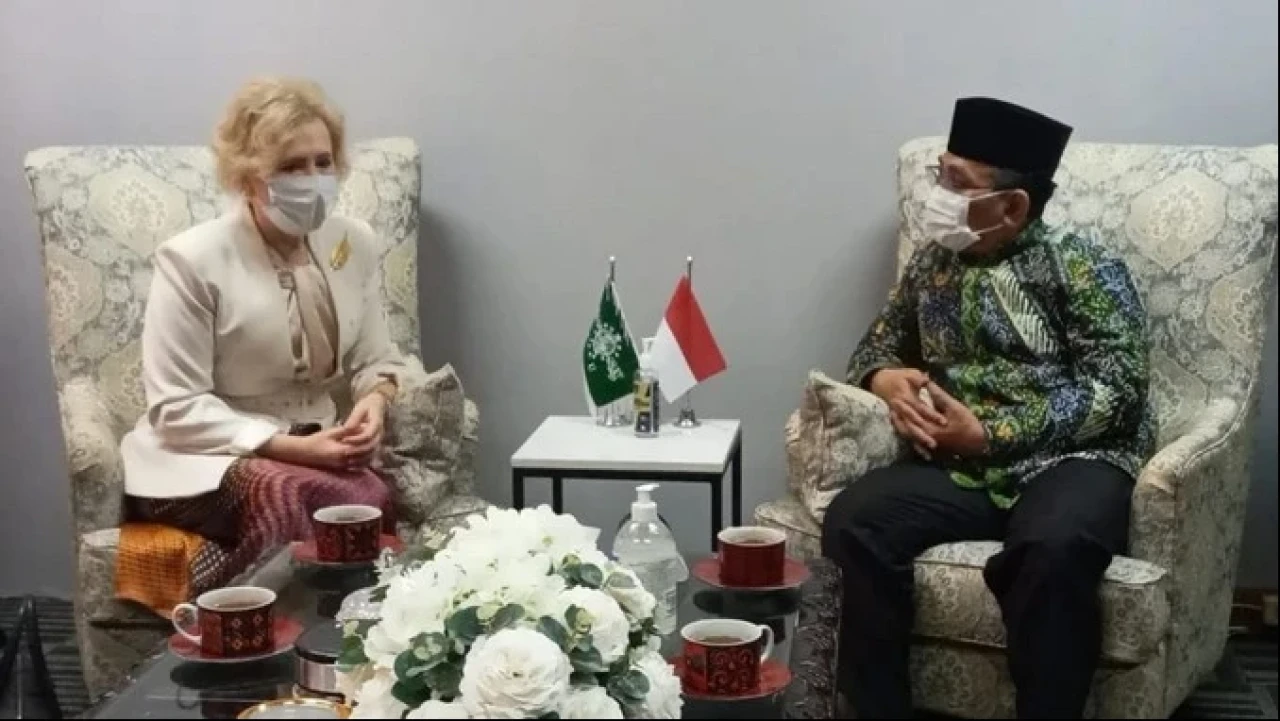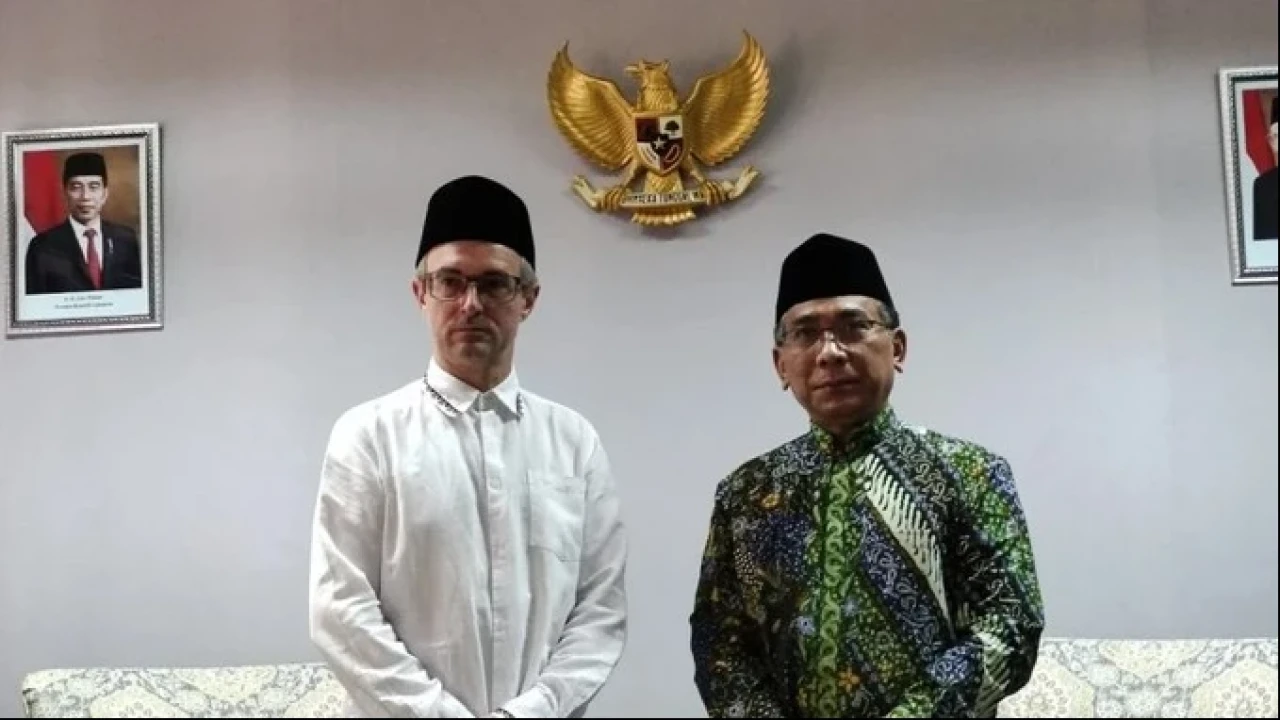The urgency of counter-narrative content against hate speech
NU Online · Sabtu, 27 November 2021 | 16:18 WIB
Syifa Arrahmah
Kontributor
Jakarta, NU Online
Responding to the results of the research conducted by the Research and Development Center (Balitbang) of the Ministry of Religious Affairs of the Republic of Indonesia entitled Responses of Religious Leaders to Counter Narrative Content of Extremism in Online Media, NU Online Managing Editor Mahbib Khoiron revealed, counter narratives were a swift and direct rebuttal to fight against expressions of hatred.
Mahbib made the remarks while speaking at a seminar initiated by the Research and Development Center for Religious Guidance and Religious Services (BALK) of the Ministry of Religious Affairs in Central Jakarta, Thursday (25/11/2021).
“A counter-narrative has a defensive nature aimed at uncovering and discrediting hateful messages and untrue statements. In other words, the content also serves as a bulwark for the public so that they are not prone to misunderstandings," said Mahbib.
"So, we target specific targets and then give the opposite narrative so that it becomes a kind of shield for the community," continued the alumnus of the Ciganjur Islamic Boarding School under the leadership of KH Abdurrahman Wahid (Gus Dur).
Contra-narratives, continued Mahbib, were effectively used in emergency situations. For example, when the bombing incident occurred in the Thamrin area five years ago, responsively the attitude of the community showed rejection and statements that described their frustration with the terror act.
“Well, that's part of the counter narrative. But its lifespan can be short. That means, the counter-narrative is dependent on the moment," explained the man from Bojonegoro, East Java.
Other preventive measures, according to him, can also use alternative narratives. Namely, a narrative that focuses on strengthening positive and unifying ideas, including those who spread hatred with a wider reach.
This strategy, continued Mahbib, did not fight the incitement of hatred directly. However, it influences the discourse circulating in the public by offering alternative ways of looking at social problems.
“We usually define the narrative as the one that we indirectly confront a particular case or event. So, its nature is more to educate," he explained.
Mahbib gave an example, explaining the meaning and types of jihad correctly, then implementing amar ma'ruf nahi munkar properly, and others. "So, we are targeting figures, groups and certain events specifically," said Mahbib.
Although there are weaknesses between the two narratives, he said that both have the same function and purpose, namely to seize public space which is indicated by the expression of hatred.
"Of course, both narratives are needed even though each has advantages and disadvantages," explained the alumnus of the Postgraduate program at the University of Indonesia.
Contributor: Syifa Arrahmah
Editor: Sudarto Murtaufiq
Terpopuler
1
Khutbah Jumat: Maulid Nabi Muhammad dan 5 Tugas Kenabian
2
Khutbah Jumat: Tidak Ada Alasan untuk Tidak Bersyukur atas Kelahiran Rasulullah
3
Peristiwa Pengemudi Ojol Tewas Dilindas Polisi Picu Perlawanan Rakyat Lebih Besar
4
Khilaf dan Kurang Cermat, PBNU Minta Maaf Telah Undang Peter Berkowitz
5
Kapolda Metro Jaya Diteriaki Pembunuh oleh Ojol yang Hadir di Pemakaman Affan Kurniawan
6
PMII Jakarta Timur Tuntut Keadilan Usai Kadernya Tertembak Peluru Karet hingga Tembus Dada
Terkini
Lihat Semua

